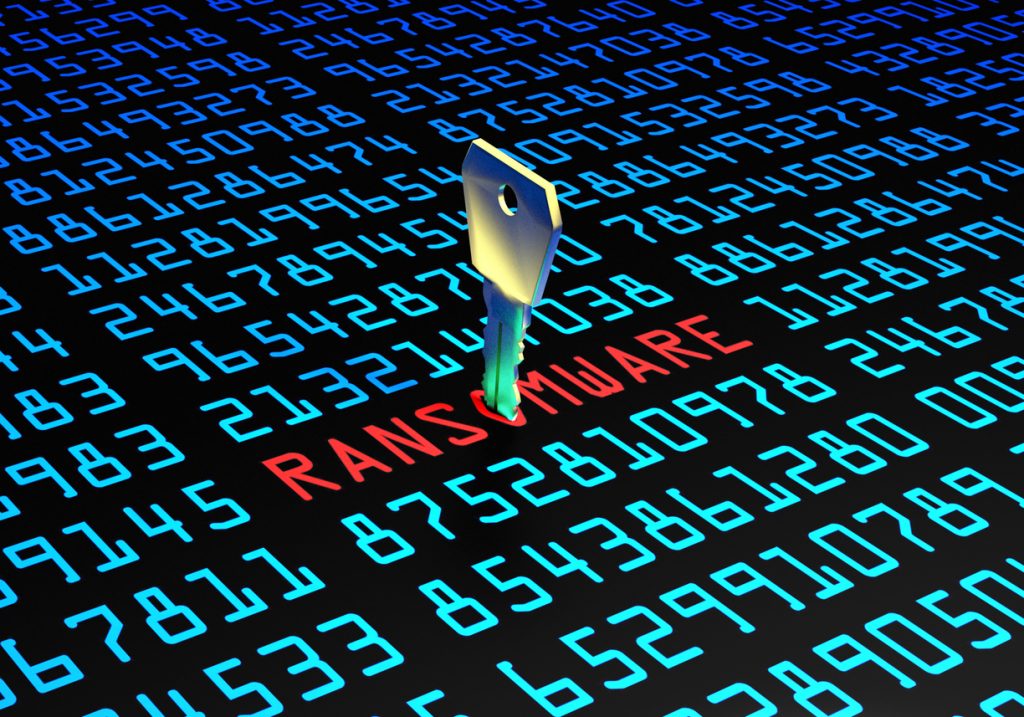How Fiber Internet Is Transforming Higher Education
The average Wi-Fi speed in the U.S. in 2018 was 37.03 megabits per second. This speed nearly doubled in five years, reaching 73.70 megabits per second in 2023, according to Statista. With the growing need to connect educators and students with devices and services, as well as the increasing need to provide data-intensive services that utilize AI, it is critical that higher educational institutions take a strategic look at their network and Wi-Fi infrastructure and the importance of Fiber Internet as an essential component of that strategy.
For campuses that rely on a traditional internet connection such as copper-based cabling and coaxial cable, the rapid growth in upload and download speed means that campuses will need to either add more traditional wiring (and plan to add more again soon) or remove the traditional wiring and replace it with fiber.
Fiber utilizes light to transmit data, as opposed to electricity, which means faster internet connections that are capable of handling higher bandwidth. In addition to the higher upload and download speeds, fiber is more reliable as it is not as susceptible to extreme weather or moisture.
High-Speed Access and Bandwidth
Students increasingly access online tools to research, learn, and acquire new skills. The learning and teaching systems that enable research and learning are all digitally driven. Some of the more common systems include:
- Learning management systems (LMS)
- Synchronous technologies
- Multimedia
- Collaborative applications
- Cloud-based applications
These technologies and applications require fast and reliable internet access.
Educational technologies require both fast download and upload speeds to be truly collaborative. This is not the case with other services and technologies that leverage fast broadband such as streaming music, movies, and playing video games, where only the download speed makes a difference.
When it comes to speed, fiber is faster, with symmetrical speeds for both downloads and uploads:
- Downloads – Fiber is 250 to 1,000 megabits per second, and cable is 10 to 500 megabits per second
- Uploads – Fiber is 250 to 1,000 megabits per second, and cable is 5 to 50 megabits per second.
Leveraging symmetric upload and download speeds will impact faculty and students’ ability to share and access content.
Reliability for Critical Operations
Ensuring universities maintain these fast, symmetric data flows between students and factuality at all times is crucial. Fiber cables are more durable than traditional internet cables, as they are less susceptible to environmental factors. This increased durability means a more reliable connection with less downtime.
When performing important activities online, such as taking exams, registering for classes, paying tuition, and accessing digital library resources, connectivity cannot be interrupted.
Scalability for Future Growth
While most internet service providers support 1,000 megabits per second upload and download speeds, fiber can support data speeds that are many times faster. In fact, researchers at Aston University recently sent data 4.5 million times faster than the average home broadband — a rate of 301 terabits — through a single fiber.
With the continuous growth in educational platforms, cloud-based administrative systems, and the need to engage with students globally, fiber will enable any university to meet and exceed growing requirements and demands.
Support for Advanced Research
Advanced research, especially data-intensive research, has been growing at an escalating rate. Once the realm of professors and researchers, the use of vast amounts of data are now being used by students to train algorithms, study artificial intelligence, and extract knowledge from systems.
More universities are starting or broadening their curriculum in Bioinformatics, Computational Biology, and Engineering — data-intense fields of study that can only grow with the use of fiber internet.
Enhanced Distance Learning
Interest and participation in online learning continue to grow, with 49% of students worldwide having completed at least some online learning. The growth in the online education market has also skyrocketed, with most schools offering online courses.
Reaching and accepting international students has always been a goal for schools as they help to bring in revenue and increase diversity. While many international students who choose to study in the U.S. will want to live on campus, others might find traveling a challenge. With today’s fiber networks, all students, no matter their location, can be immersed in an interactive, real-time learning environment.
Improved Campus Security Systems
Ensuring the safety of students, faculty, and administrators on campus is a top priority for any university. Fiber supports cloud-based security systems that can capture and store detailed videos and pictures, as well as the use of video analytics by security personnel.
Fiber can also ensure the reliability of emergency call boxes to help police and other first responders know where an emergency is occurring so they can respond immediately.
Economic Efficiency and Lower Operational Costs
When it comes to economic considerations, it helps to think long-term when deciding to install fiber. While the initial installation costs of fiber can be higher than traditional cable, the long-term benefits outweigh the initial investments.
A fiber infrastructure will allow the university to scale to meet increasing demands for data, eliminating the need to upgrade. Additionally, as fiber is more resilient, the need to replace cable is reduced.
This, combined with the reduced energy use that comes with using fiber, brings the total cost of ownership over time to be significantly lower than a traditional internet infrastructure.
Reducing Environmental Impact
Beyond the obvious long-term benefits, switching to fiber provides immediate advantages in sustainability, reducing any impact to the environment.
Because fiber can send data at far greater distances than cable, a fiber network needs fewer telecom rooms to extend network connectivity. Telecom rooms generate a lot of heat. By eliminating them, schools can reduce the use of HVAC and lower their carbon footprint.
In addition to potentially lowering the carbon footprint, there is less material needed to support a fiber internet connection, where one strand of fiber will take the place of many rolls of heavy cable that will need to be replaced several times over the lifetime of that single strand of fiber.
As sustainability is becoming increasingly more important in students’ minds, universities should take note and add the switch to fiber as a contribution to their sustainability goals.
Enhancing Collaborative Opportunities
Taking advantage of fiber’s ability to send large amounts of data over large distances, more professors and students are collaborating on projects that, until recently, could only have been done on campus.
Students and professors now can collaborate on data-intensive projects that span across the globe, which can help solve society’s pressing issues, such as AI governance and the study of Bioinformatics.
Support for Administrative Services
As school administrators continue to find ways to support students — from the application process through graduation — the use of modern institutional management systems will continue to grow. Today’s management systems operate in the cloud, requiring connectivity at all times.
With the speed and resilience of fiber, any downtime of these crucial systems will be minimal, and information sent to students and staff will be in real-time, enabling faster responses.
Conclusion
With all the clear and essential benefits of a fiber internet connection — from improving network reliability to increasing collaboration and reducing costs — choosing a strategic investment in fiber will enable great achievements in educational services and operational stability.
Dive deeper into the world of enterprise-level fiber internet that can connect and modernize your institution. Trust in Cox Business as your partner in navigating your commitment to a secure, technologically enhanced education for your students.
Discover more about how Cox Business stands at the forefront of innovative, reliable, and secure education-focused solutions. Visit CoxBusiness.com.
- Private Networks – A Key Cybersecurity Safeguard for State and Local Government Agencies - March 20, 2025
- Cox Business and Cox HN Lead Event Connectivity at CES 2025 - February 25, 2025
- How High-Speed Connectivity Fuels AI Efficiency Across Industries - December 19, 2024



